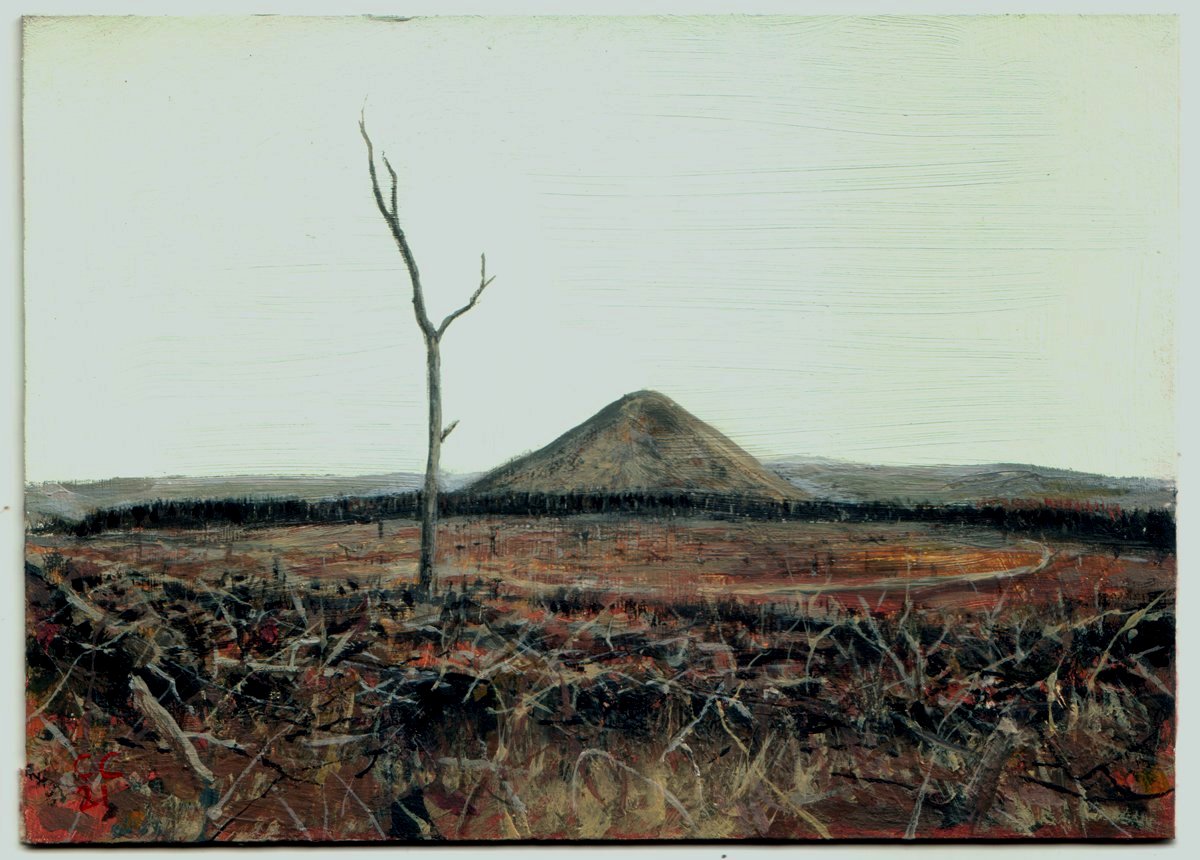The Abbey at Whitby was one of the earliest Romanesque buildings to be erected in the North of England but my focus today was on the neighbouring church of St Mary. A while ago my friend Chris Corner posted a picture of a head carved on a capital within the church, so on a whim, I headed over the storm-battered moor road to see what I could find.


I’ve visited this church many times in the past but this was prior to my explorations of Early Medieval stonework, I wasn’t sure what to expect. The south door with its arch and carved spiral capitals lifted my spirits.
Inside the church I made my way between the beautiful box pews to the chancel arch. The arch is mostly hidden behind the upper level, the lord of the manor’s pew. There is a second arch over the entrance to the tower but this has been completely hidden behind the organ.

On the capital of the left hand arch is a carving of a head emitting unfurling foliage. This bears a striking resemblance to the ‘Green Man’ carving in Marske Church.



There are other foliate heads to be found locally at Easington, Liverton and Lythe .





One of the capitals on the right hand side of the arch has a carved head with a star on either side. The star is not an uncommon motif on Northern English Early Medieval stonework.


There are other elements of early stone work to be found in and around this lovely church, coupled with the Abbey next door, it is a wonderful place to visit. For me, with the failing light and the howling gale of Storm Barra blowing across the clifftop, it was time to head for home.






















